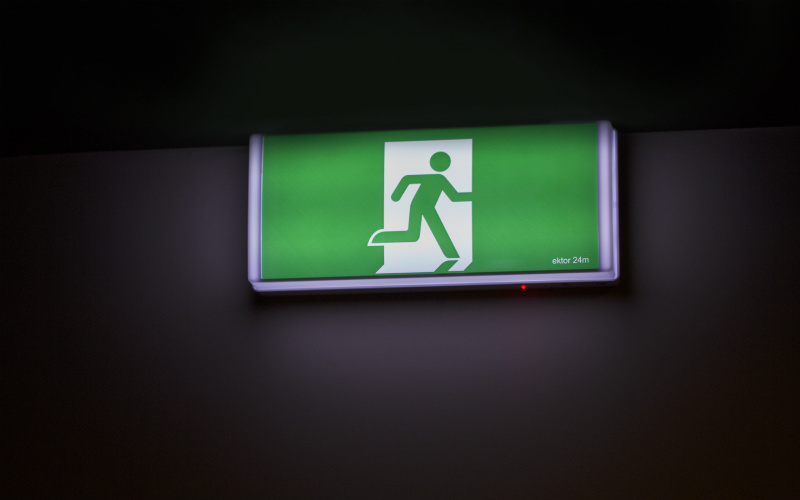What is an SMSF term deposit?
An SMSF term deposit works much in the same way as a normal term deposit account, however they’re designed especially for SMSFs. An SMSF term deposit allows you to deposit a lump sum of money in a financial institution for a set term in exchange for a fixed interest rate. Think of as locking away your savings.
What term deposits does Judo Bank offer for SMSFs?
Judo Bank Pricing and Analytics Manager Mark Rout said Judo prides itself on having competitive rates and offers a broad range of SMSF term deposit rates and terms to its customer base.
“Judo’s SMSF Term Deposit is a fixed term deposit offered exclusively to Self-Managed Super Fund customers,” Mr Rout told Savings.com.au.
“Customers complete an online application to establish their SMSF deposit and will receive Internet Banking access to manage their account on a self-service basis.
“Judo Bank’s Term Deposit offering supports our core business of small and medium business (SME) lending, which is focused on providing Australian SMEs with the funding they need and the service they deserve.”
Judo Bank SMSF term deposit features
Flexible interest payments and investment terms
You have the freedom to choose how often you receive interest payments - monthly, yearly, or at maturity - across a range of term deposit lengths including 3, 6, 9, 12, 24, 36, 48, and 60 months.
You also have the option to have interest paid into any Australian Bank.
No account fees
“There are zero set-up fees to get started with this account and there are no ongoing account-keeping fees to worry about,” Mr Rout said.
Government guarantee
Deposits are protected under the Australian Government Guarantee up to a limit of $250,000 for each account holder at Judo Bank.
Digital self-service
“With Judo, it’s a fully online process to establish and maintain your SMSF term deposit, with a dedicated Australian based support team to help you along the way,” Mr Rout said.
Judo Bank SMSF term deposit eligibility
To open an SMSF term deposit with Judo Bank, the following requirements must be met:
-
Must be over 18 years of age and not under a legal disability or a disqualified person
-
Must be an Australian resident for tax purposes
-
Must be living at an Australian residential address
For the SMSF, you must provide:
-
SMSF's ABN and full name
-
If the SMSF has a corporate trustee, the ACN and full name of the trustee
-
SMSF's nominated external bank account details
Required documents
You will also need to provide additional identity information for each individual trustee, or director of the corporate trustee, including:
-
A minimum of two of the following three identification documents - driver’s license, passport, and Medicare card
-
Your mobile number and email address for verification and correspondence purposes
Keep in mind that Judo Bank can only accept SMSFs with two or up to four individual natural person trustees. SMSFs with more than four individual trustees cannot apply for the term deposit product.
What to do when your Judo SMSF term deposit ends?
When your Judo SMSF term deposit reaches maturity, you can select one of the following options:
-
You will be paid the entire balance (plus interest) into your nominated bank account at the maturity date, or
-
The entire amount will default into a new term deposit of the same term (but not necessarily the same interest rate), or
-
The principal amount of the account balance (excluding any interest accrued) will default into a new term deposit of the same term (but not necessarily the same interest rate). Any accrued interest will be paid into one of your existing Accounts or into your Nominated Account.
You can change your maturity instructions at any time prior to the maturity date by simply logging into Internet Banking. Judo Bank term deposits have a grace period of 10 days where you can withdraw or top up the money without penalty.
Should you wish to break your SMSF term deposit before the maturity date, you must provide Judo with a valid request in writing no less than 31 calendar days’ prior (“Notice Period”), unless financial hardship applies. Be aware you may be charged a break cost in relation to the withdrawn funds.
Image by Towfiqu Barbhuiya via Unsplash



 Harry O'Sullivan
Harry O'Sullivan
 Denise Raward
Denise Raward

 Jacob Cocciolone
Jacob Cocciolone


